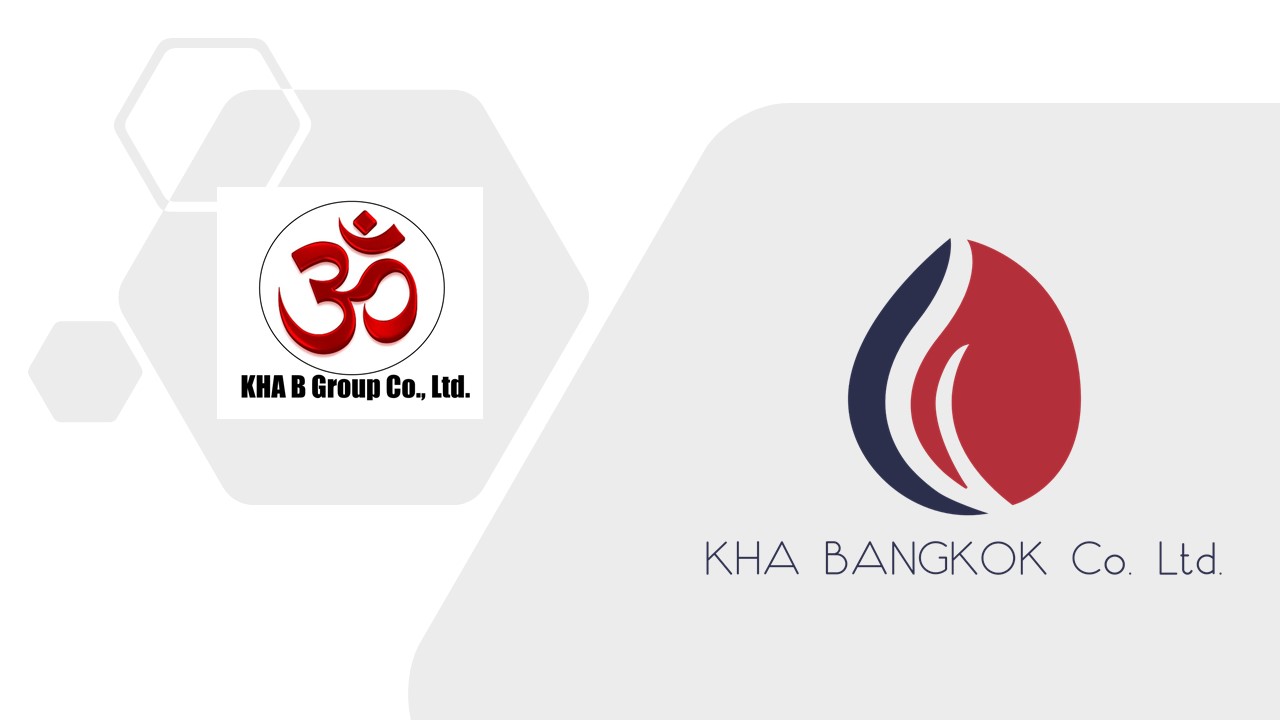THAILAND GLOBAL MEDICAL HUB
The Ministry of Public Health 2016-2025 plan for Thailand to become the world’s foremost destination for the medical industry in four key areas of wellness, medical services, academic activities and medical products.
Placing Thailand’s health care and wellness service and its comprehensive medical industry among 13 key industries that represent the country’s new engines of growth over the next decade in line with the Thailand 4.0 policy, the Thai government has established a plan to develop the country’s medical sector as the global “Medical Hub”.

Cost advantage, high-quality medical services, attentive care of medical staff and unique wellness services have spurred demand for Thailand’s medical and wellness from abroad. Thailand’s large healthcare industry is currently supported by 1000 public and 420 private hospitals, 68 of which are accredited by the Joint Commission International (JCI) global standard, while there were also 18 JCI. This number is greater than any other country in ten- membered ASEAN and fourth highest in the world.

Thailand’s economic competitiveness, rising demand from the aging population, expanding middle class and more tourists seeking affordable high-quality health care services have supported growing future prospect for the medical device industry. On top of that, the pandemic of the COVID-19 virus adds an impetus to the demand for a wide range of medical devices from frontline medical practitioners to general populations and accelerates the medical system’s adoption of more advanced medical devices.
Official figures from Thailand’s Office of Industrial Economics show that the value of the Thai medical device market jumped to $ 6 billion (176 billion baht) in 2019, a 70% increase over the decade. More than 80% of medical devices are imported.
The reliance on importing sophisticated medical devices underlines the significant potential for investment opportunities in Thailand.
STRATEGIC GEOGRAPHIC LOCATION

In addition to Thailand’s strengths in supplying the increasing demand for healthcare, the country’s geographic location gives it an outstanding comparative advantage. Located in the heart of the ASEAN region, the country’s infrastructure allows businesses to connect with emerging markets, especially in the CLMV (Cambodia, Laos, Myanmar, Vietnam) countries which provide a combined market size of more than 172 million people.
Regionally, Thailand is the most important importer of medical devices (by value) in the ASEAN zone;

The United States is the biggest supplier of medical goods to Thailand, providing 21% of all imports, followed by China, Germany and Japan.
REGULATORY CONTEXT
The Thai FDA has issued new regulations for medical device classification and registration. New Regulation came into effect on 15th February 2021 ( Class 2,3,4) and on 17th March 2021 (Class 1).

The new regulation is a risk-based classification system based on ASEAN MDD guidance. Formerly most medical devices fell under the General Medical Device category and were subject to a simple listing process. Only a handful of medical devices were subject to the more rigorous Notification and Licensing reviews. Now all Class 2, 3, and 4 device applications will require full technical data in Common Submission Dossier Template (CSDT) format with a grace period for some documents. Medical device Import License applications will need to be submitted via one of three routes (from low risk to high): Listings, Notifications, and Licenses. Certificates of Free Sale (CFS) will no longer be required as part of the registration process.
ENTRY STRATEGY

- A new approach to the Thai market, aimed at favoring direct control of the local business, through independent License Holders or by opening local branches.
This strategic aspect, the direct control of marketing activities and regulatory aspects (FDA licenses), is common to all the foreign Medical Device companies that have had successful performances in the Thai market.
This strategic approach is due to:
- the extreme fragmentation of medical distribution in the local market. More than 10,000 Medical Device distributors operate in Thailand, 98.5% of which are small companies.

- Ownership of TFDA Certificates is not transferable (In the event that the manufacturer wants to replace the local Distributor, he should recertify the products in TFDA)
TWO IMPORTANT TIPS TO DEFINE A SUCCESSFUL ENTRY STRATEGY:
- In Thailand the number of Medical Devices distributors is high and the context is very fragmented. The solution could be to have multiple distributors covering different areas of the country.
- Choose a Regulatory Service Provider that also acts as an Independent License Holder.
The benefits of having an INDEPENDENT LICENSE HOLDER (ILH):

- Register your products in Thai FDA
- ILH Get the license under his name being your Marketing Authorization Holder
- ILH Import your products
- ILH Stock your products in Licensed Warehouse
- ILH Finding multiple sub-distributors according to your desired profile
- ILH Manage on your behalf sub-distributors network
- ILH Support you in any other activity you may perform in the market (for example, organize Hospital Clinical Meetings with the tops KOL’s)
- have multiple regional distributors
- ILH allows you to add or change distributors as required
- ILH allows you to keep intellectual property away from a local entity
- ILH securing proper activities of post-market vigilance and license maintenance
- ILH allows you to increase transfer pricing

